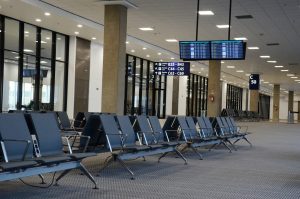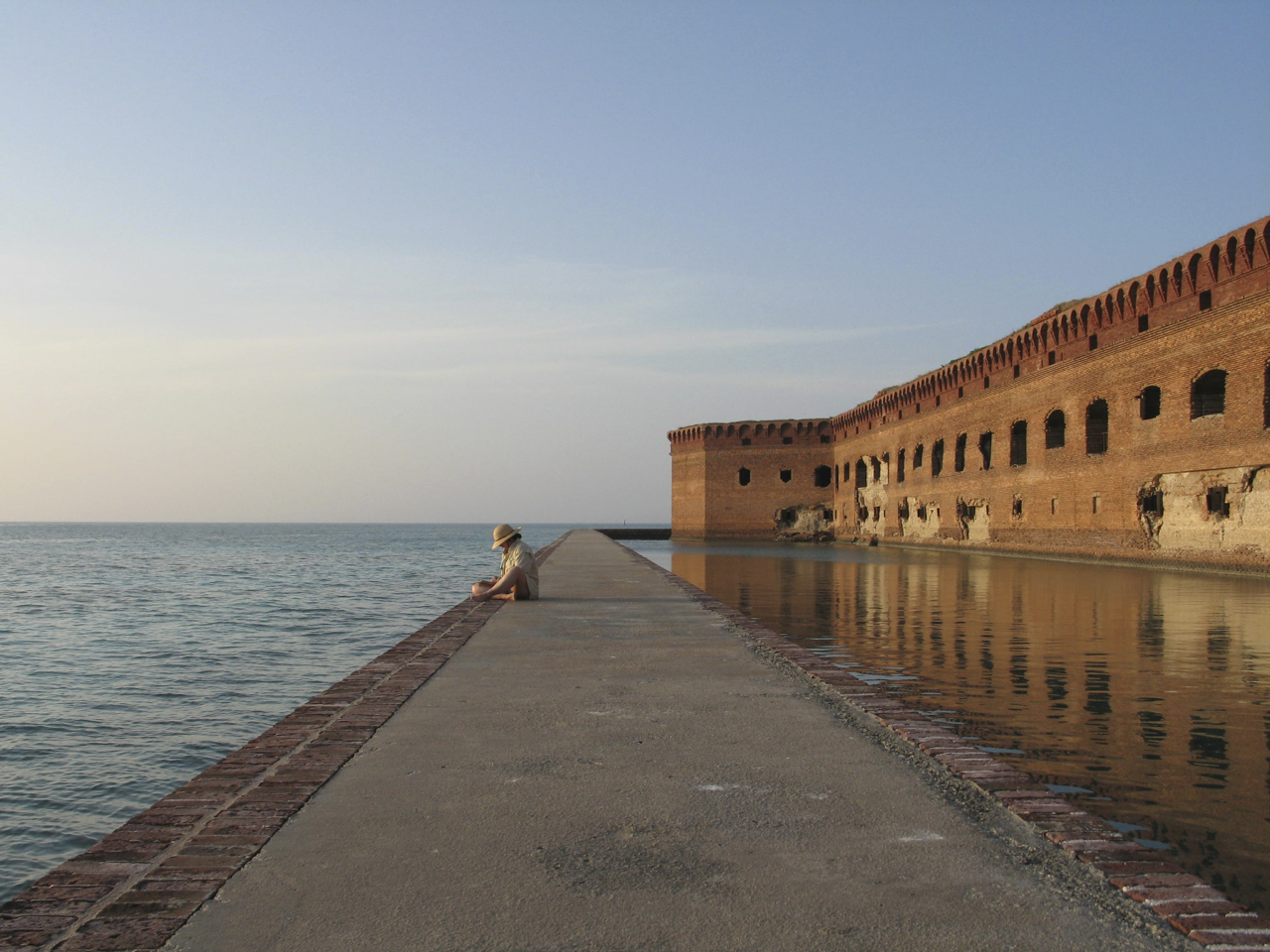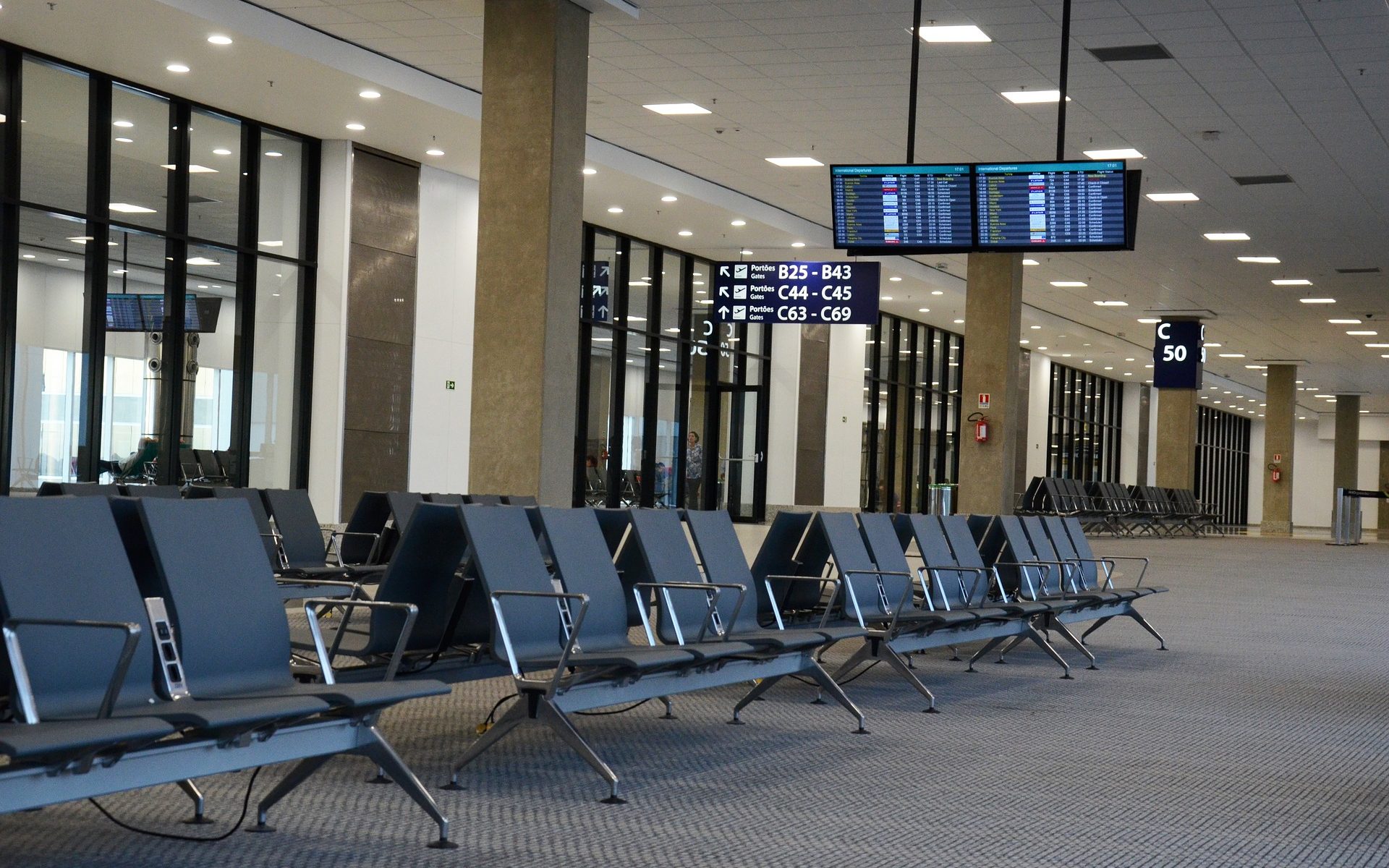Procrastination is a funny thing: Dela ying a task usually lets the chore grow in my mind to unreal proportions, making it seem more annoying, boring or daunting than it would be if I just got it over with.
ying a task usually lets the chore grow in my mind to unreal proportions, making it seem more annoying, boring or daunting than it would be if I just got it over with.
Such was the case with the Transportation Security Administration’s PreCheck application.
For several years I’d delayed signing up for PreCheck – which allows a more orderly trip through an airport security checkpoint – because I would need to visit the local office as part of the process. I couldn’t see how I could take two hours out of a busy workday to visit the office, a 20-minute drive in the wrong direction from my house.
Without a PreCheck designation on a boarding passes, passengers must remove their toiletries from luggage; take off their shoes; take off their belt; remove their jacket; and pull their laptop from their suitcase.
With PreCheck, travelers can sail through the screening fully clothed and with most electronics still stowed.
I was not sold on the need for PreCheck when it began in 2013. Indeed, I mocked the idea of paying $85 for a background check that would grant a known traveler number to those deemed trustworthy.
Removing my shoes and jacket wasn’t a big deal, I thought.
 But then airlines started occasionally assigning me to PreCheck free, and $85 suddenly seemed a bargain to regain some civility we’d lost since 9/11.
But then airlines started occasionally assigning me to PreCheck free, and $85 suddenly seemed a bargain to regain some civility we’d lost since 9/11.
Putting clothing, shoes, toiletries and laptops into bins for X-ray screening isn’t a problem. Travelers can undertake the process methodically, if quickly, in the lead-up to the machine.
It was the rush on the other side that I dreaded.
A slight panic would overtake me after I passed through the scanner. I’d be trying to gather my things from the conveyor, repack my belongings (Everything used to fit!) put on my shoes and get out of the way before the next suitcase came crashing down the conveyor and I was in everyone’s way.
Invariably, I would – absentmindedly – stuff my boarding pass into a pocket or a purse or a bag so I’d have two hands to tie shoes and repack as fast as possible. I’d be searching frantically for the boarding pass five minutes later having no clue where I’d stored it.
I am clearly not alone in this discombobulation. A huge number of items are left at TSA screening areas every year, from coats and watches to laptops and wallets. In 2015, TSA collected more than $750,000 in loose change alone.
Last week, I went to John Glenn Columbus International Airport and met with TSA workers to finalize the application that I’d filled out online.
I had imagined a Bureau of Motor Vehicles kind of queue, but applicants were given appointments, and I was in and out in less time than it had taken me to find a parking space.
Five minutes was all that was needed for me to answer a few questions, let the workers take my fingerprints and pay my fee.
My two-year wait seemed a bit silly after that quick dispatch.
Earlier this week, I received email telling me I had been approved. I now have a known traveler number to use when I fly. I won’t always be able to go through security screenings easily; airports don’t always have a PreCheck lane active.
I’ll need to renew in five years, but I will be less likely to delay.
If you would like more information on applying for PreCheck, visit www.tsa.gov.
Conclusion: Why did I wait?

